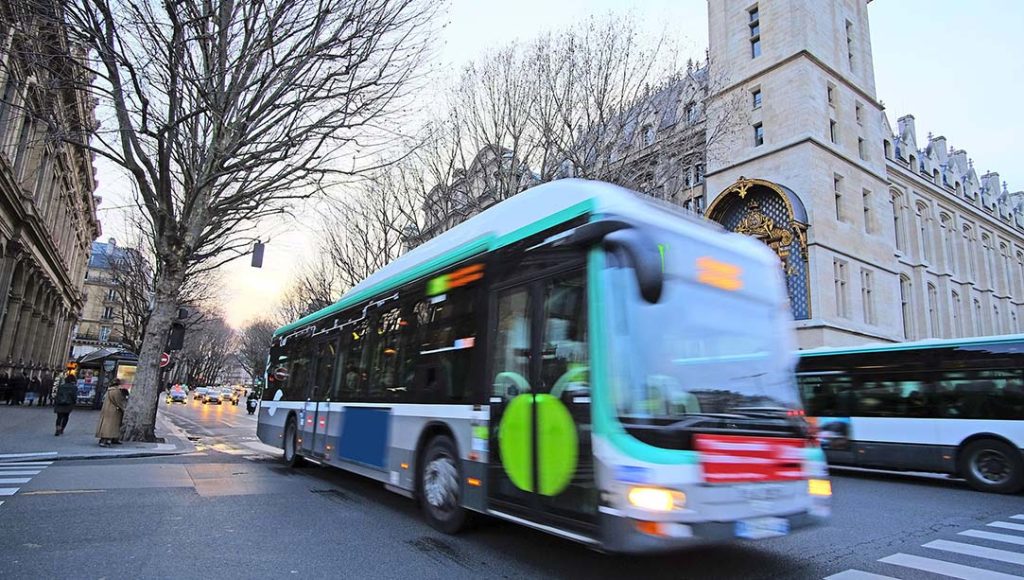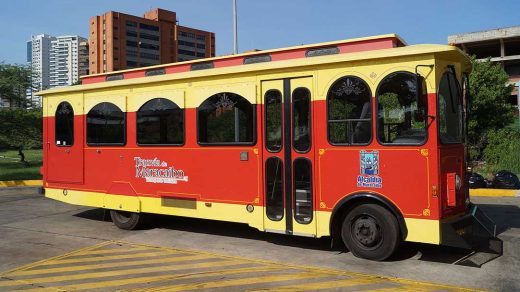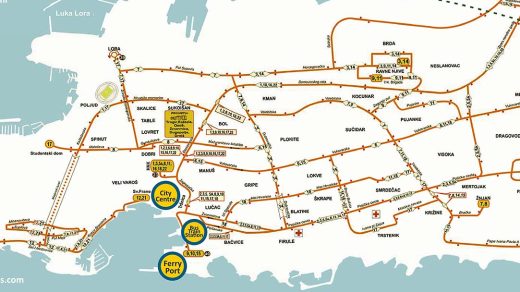Paris, the vibrant capital of France, is known for its efficient and extensive public transportation system, making it easy for visitors to explore the city’s many attractions. With its interconnected network of metro lines, bus routes, and the RER (Réseau Express Régional), navigating Paris has never been more convenient. We will delve into the details of each mode of transportation, providing you with essential information, tips, and tricks to help you navigate the public transportation system in Paris with ease.
Paris Metro
The Paris Metro is the backbone of the city’s public transportation system, offering a fast and efficient way to travel around Paris. With its extensive network of 16 lines, you can easily reach most of the major tourist attractions and neighborhoods. Some key points to keep in mind when using the metro:
a. Ticketing and Fare Zones: Purchase tickets at metro stations from ticket machines or ticket counters. The city is divided into fare zones, and the price of your ticket depends on the number of zones you travel through. Single-use tickets (t+ tickets) are valid for a single journey on the metro, bus, or tram within a specified time limit.
b. Metro Maps and Line Transfers: Familiarize yourself with the metro map, available at all stations and online, to plan your routes. Pay attention to line transfers, as some stations require changing lines to reach your destination. Look for signs indicating “Correspondance” to guide you to the correct platform.
c. Rush Hour Considerations: Avoid traveling during peak hours (approximately 7:30 am to 9:30 am and 5:30 pm to 7:30 pm) if possible, as trains can be crowded. If you must travel during these times, be prepared for packed trains and allow extra time for your journey.
d. Accessibility: Some metro stations may have limited accessibility for individuals with mobility challenges. Look for stations with wheelchair symbols on the metro map or consider using bus routes, which are generally more accessible.
Paris Bus Network

The bus network in Paris complements the metro system and provides additional flexibility in reaching destinations not served directly by the metro. Buses offer a great way to enjoy the city’s scenery and discover hidden gems along the routes. Here are some essential tips for using buses in Paris:
a. Bus Routes and Stops: Study bus route maps available at bus stops or online to identify the bus numbers and stops that will take you to your desired destination. Bus stops are marked with signs displaying the bus numbers and route maps.
b. Tickets and Validation: Use the same t+ tickets as for the metro, which can be purchased from ticket machines or drivers (exact change required). Validate your ticket upon boarding the bus by inserting it into the machine near the doors.
c. Bus Schedules: Buses generally operate from around 6:30 am to midnight, with some night buses (Noctilien) running during late-night hours. Check the RATP website or consult the posted schedules at bus stops to plan your journeys accordingly.
d. Bus Priority Lanes: Paris has dedicated bus lanes, allowing buses to bypass traffic congestion. This makes buses an efficient mode of transportation during peak hours, particularly for shorter distances.
RER (Réseau Express Régional)

The RER is a regional commuter train system that connects Paris to the suburbs and neighboring regions. It offers an efficient way to reach destinations outside the city center, including popular attractions like Versailles and Disneyland Paris. Consider the following when using the RER:
a. RER Lines and Zones: The RER consists of five lines (A, B, C, D, and E) that intersect with the metro system at various stations. Pay attention to the line and direction (denoted by the terminus station) when boarding the train. The RER also operates on a fare zone system similar to the metro.
b. Ticketing and Fare Integration: The t+ tickets used for the metro and buses are also valid on the RER within Paris city limits. However, if your journey extends beyond the city limits, you may need to purchase an additional ticket or upgrade to a different fare zone ticket.
c. RER Schedules: RER trains generally run from early morning until midnight, with reduced frequencies during off-peak hours. Be sure to check the schedules for your specific line and destination to plan your trips accordingly.
d. Safety and Security: Take standard precautions for personal safety while using the RER, particularly during late-night hours. Keep an eye on your belongings, especially in crowded trains and stations.
Paris’ public transportation system offers a convenient and efficient way to navigate the city and reach its many attractions. With the extensive metro network, complemented by buses and the RER, visitors have access to a comprehensive transportation system. Familiarize yourself with the various modes of transportation, plan your routes in advance, and consider using mobile apps and online resources for up-to-date information. By mastering the art of navigating public transportation in Paris, you’ll maximize your time in the city and uncover its hidden gems with ease.



